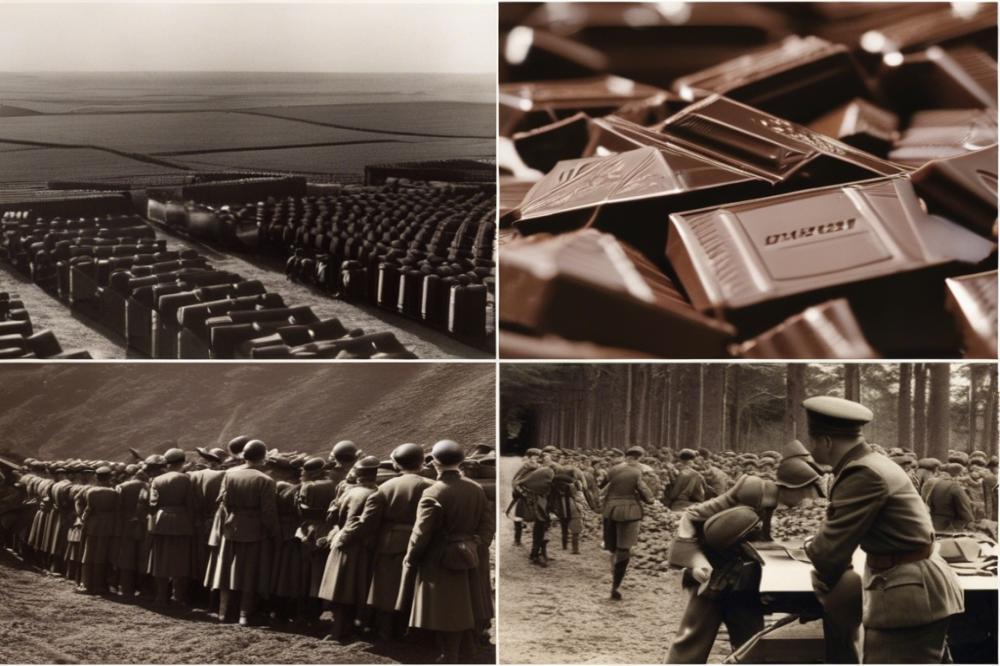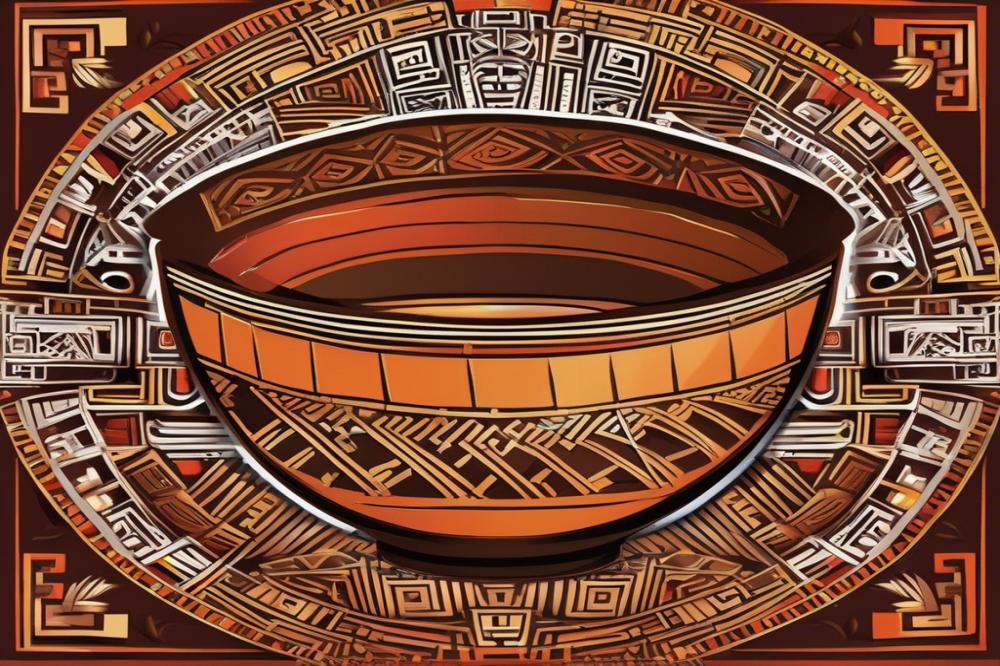Introduction
Throughout history, Chocolate has played a fascinating role. From ancient civilizations to modern treats, this sweet substance has been a source of joy and energy. In military contexts, Chocolate has served a distinct purpose, acting as a vital component of rations. Its importance was especially notable during times of conflict, when soldiers relied heavily on nutritious options.
World War II introduced unique challenges for military supplies. As armies faced long campaigns, soldiers needed effective sustenance to maintain their energy. Chocolate, especially in forms like the D ration, proved to be an essential item. This was not just about taste; it was about morale. The comfort of familiar flavors helped boost spirits amid the chaos of battle.
Products such as M&Ms also emerged during this period, offering a convenient way to deliver energy. These treats were designed to withstand temperature variations, making them ideal for soldiers in various climates. The high cocoa content provided not just sweetness but also a necessary energy boost. In an era of unprecedented challenges, chocolate became a small yet powerful ally for those on the frontlines.
The Historical Context of Chocolate
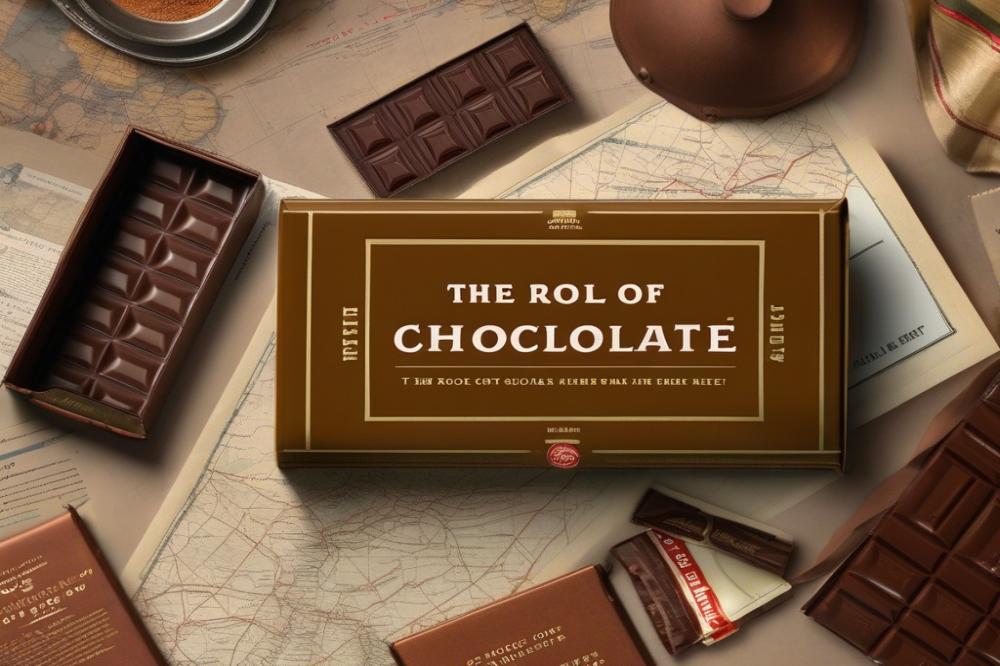
Chocolate’s Origins and Its Evolution
The journey of chocolate began many centuries ago. It originated in ancient Mesoamerica, where the Maya and Aztecs prized cocoa as a drink. The use of cocoa was tied to various rituals and was often consumed in a bitter form. Over time, it transformed into a sweet treat with sugar and milk. By the 19th century, chocolate became accessible to the masses, evolving into the bars and confections we recognize today.
Use of Chocolate in Earlier Conflicts
Before World War II, chocolate had already made its mark in military history. During the American Civil War, soldiers received chocolate as part of their rations. It provided quick energy and was relatively easy to carry. Soldiers appreciated its taste, which helped lift spirits during tough times. World War I saw chocolate become a favorite among troops. It was sent in care packages to boost morale, showcasing its dual role as sustenance and a comfort food.
Transition to Its Significance in World War II
During World War II, chocolate became a vital component of military supplies. Its energy-packed nature made it an excellent choice for soldiers on the frontline. Chocolate bars, known as D rations, were specifically designed for tough conditions. They contained high calories to fuel soldiers during long missions. Although formulated for nutrition, flavor was also a consideration. Soldiers craved familiar tastes, and innovations like M&Ms became popular. Their durability and resistance to melting made them ideal for combat situations. Throughout the war, chocolate not only nourished but also maintained high morale among troops, proving essential in their demanding lives.
Nutritional Value of Chocolate for Soldiers
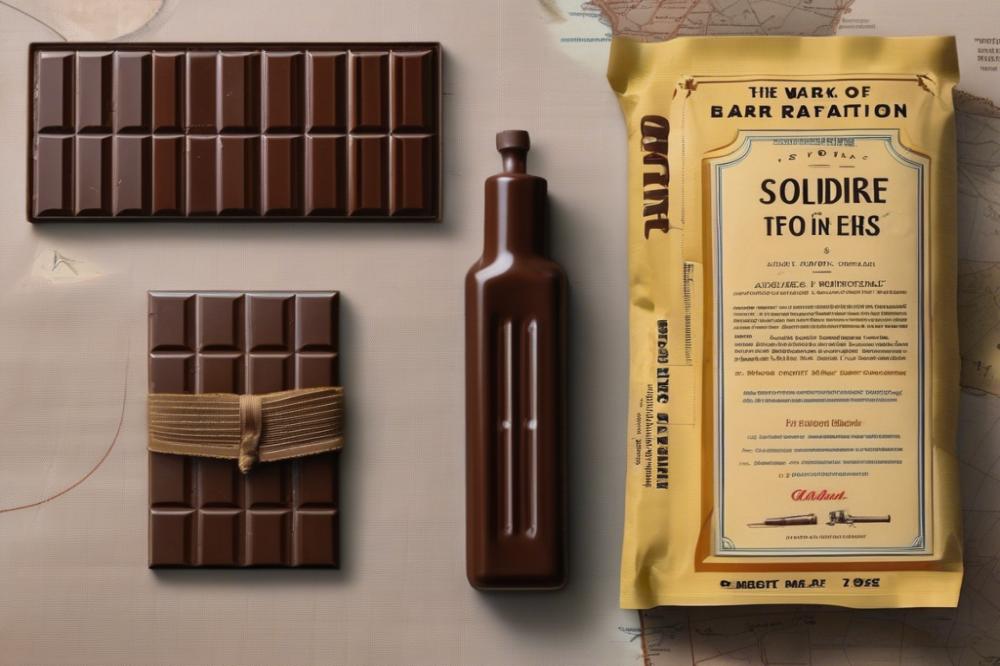
Energy Requirements of Soldiers in Combat
Soldiers in combat face high energy needs. Physical activity levels soar during missions, making proper nutrition vital. Daily requirements can vary significantly. Many factors contribute to these needs, including climate, duration of activity, and overall health. Keeping soldiers fueled is essential to maintain their strength and stamina. In the heat of battle, their bodies demand quick sources of energy. This is where effective military supplies come into play.
Nutritional Benefits of Chocolate as Sustenance
Cocoa offers more than just a sweet treat. It provides essential fats and employs sugar for rapid energy. Such nutrition helps sustain soldiers during long missions. M&Ms were introduced, offering a tasty way to deliver calories. Chocolate also contains antioxidants which can aid recovery. The excitement of eating it boosts morale. Soldiers need not just energy, but also something enjoyable. Given the stress of war, small comforts play a significant role in overall well-being.
Comparison with Other Military Rations
When comparing chocolate to other military rations, it stands out. The D ration was created specifically for high-energy needs. However, while the D ration is dense and hard to eat, chocolate is portable and easy to consume. Canned goods and dehydrated meals often lack the quick energy boost found in cocoa. Traditional rations can be bland and unexciting, but chocolate adds variety. Ultimately, the ability of chocolate to deliver nutrition quickly and with pleasure makes it a preferred choice among military ranks.
Chocolate as a Military Supply
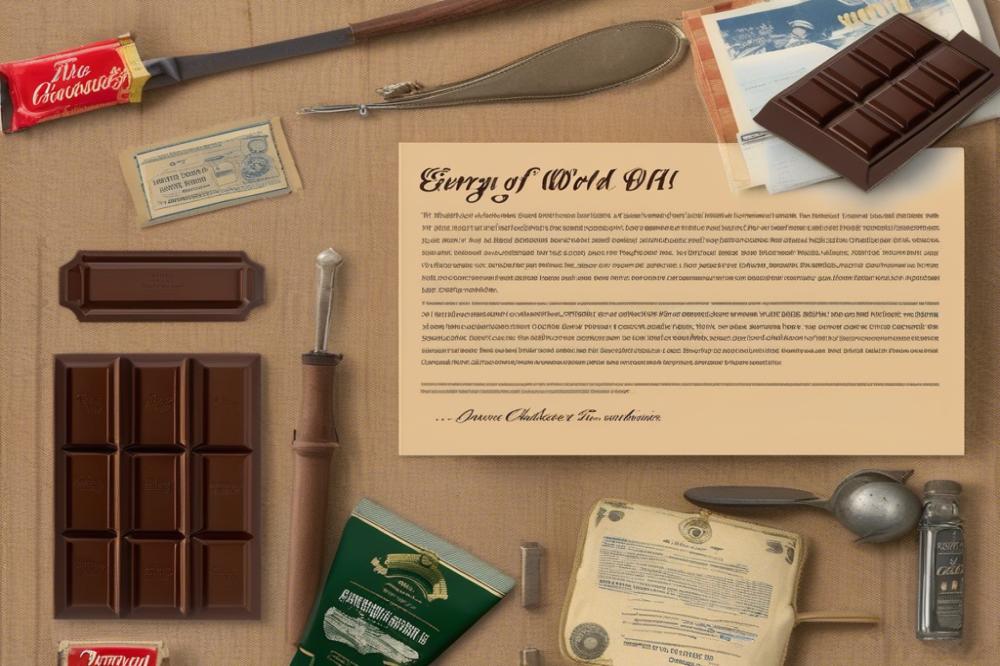
During World War II, soldiers needed fuel for both their bodies and minds. Military leaders understood that proper rations could make a big difference. Energy was crucial in battle. That’s where special chocolate supplies came into play, providing vital nutrition to troops on the front lines.
Description of military chocolate rations
Military chocolate rations were not just treats. They served a functional purpose. Each bar was designed to withstand extreme conditions without melting. These rations combined cocoa with necessary nutrients, delivering sustenance soldiers could rely on. When faced with fatigue, a simple chocolate bar could help boost morale. Troops would appreciate the sweet taste during challenging times.
Introduction of M&Ms and their role
M&Ms made their debut during this time, capturing the hearts of many. These candy-coated chocolates were easy to carry. Soldiers found them perfect for quick energy during long marches. Their unique shell protected them from melting, making them a favored snack. With a variety of colors, they also served as a small distraction amid the chaos of war.
D ration as a strategic chocolate supply
The D ration represented a more strategic approach to chocolate supplies. Designed for survival, this bar packed a punch of energy while prioritizing nutrition. This ration often contained cocoa, making it more appealing to soldiers. Authorities also focused on its compact size for easy transport. Intended to serve as a last resort, it could sustain a soldier in dire situations, encouraging them to push through when fatigue set in.
Impact on Soldier Morale

Effects of Chocolate on Psychological Well-Being
During World War II, soldiers faced challenging conditions. The stress of battle and harsh environments took a toll on mental health. Providing soldiers with treats boosted their mood. A small piece of sweet sustenance could lighten spirits. Nutritional supplements were important, but morale matters too. Comfort foods create a connection to home, and nothing did this quite like chocolate.
Chocolate as a Comfort Food in Harsh Conditions
Rations often lacked variety. Cold, muddy trenches were not inviting places. In such situations, chocolate served as a beacon of hope. Soldiers would look forward to their daily rations, eager to find a hidden M&M or a square of D ration tucked away. The taste of cocoa brought warmth during the cold nights. It reminded them of happier times, like sharing treats with family and friends.
Real-Life Accounts of Soldiers’ Experiences with Chocolate
Many veterans recall moments when chocolate made a difference. One soldier shared how a bar of chocolate felt like treasure. It provided a boost of energy during a grueling day. His face lit up as he reminisced about the joy of giving a piece to a comrade. Such gestures forged bonds among soldiers. Stories like these highlight the sweet moments in a time of strife. Chocolate, while not a staple, became an important part of military supplies. Its role went beyond nutrition; it uplifted hearts and spirits when they needed it most.
Production and Distribution Challenges
During World War II, making chocolate for soldiers faced significant hurdles. Factories had to deal with shortages of cocoa due to the war disrupting supply chains. Farmers in cocoa-producing countries struggled to keep up. This created a challenge for large-scale production. Without enough raw materials, meeting the demands for military supplies was tough. The process had to be efficient and quick, yet many ingredients were hard to come by.
Logistical issues added another layer of complexity. Distributing those sweet rations took lots of planning. Transporting supplies across different theaters of war was no easy task. Many roads and railways were damaged or blocked. These conditions forced planners to think creatively about getting the chocolate to where it was needed most. Coordination between various military branches was also essential for successful deliveries.
Adaptations were necessary to keep the flow of rations steady. New formulas were developed, like the well-known D ration. This specially designed bar aimed to provide maximum nutrition and energy without taking up too much space. M&Ms emerged as a popular snack, thanks to their candy coating that prevented melting. Soldiers appreciated these adaptations, as they boosted morale and provided much-needed sustenance during tough times.
Coping with such challenges was a team effort. Workers in factories put in long hours to keep production lines moving. They understood the value of providing energy to soldiers on the front lines. Many people recognized how a simple treat could lift spirits. Despite wartime restrictions, the commitment to supply energy through these rations stayed strong.
Legacy of Chocolate in Military History
After World War II, chocolate made a lasting mark on military supplies. Its role as a quick source of energy for soldiers shaped future rations. During the war, the M&M candy quickly became a favorite among troops. This small, sweet treat helped lift spirits during tough times. Because it did not melt easily, this candy proved to be ideal for soldiers in combat.
The post-war period saw chocolate becoming more than just a snack. It evolved into a key ingredient in many military rations. The D ration, designed for emergency sustenance, often contained cocoa. This helped provide the necessary energy to keep soldiers alert and active in demanding situations. The blend of practicality and taste led to a perfect combination for those on the front lines.
Today, the popularity of chocolate in modern rations continues. Armed forces around the world recognize its potential to enhance morale and performance. Chocolate bars still find their way into meal kits, offering a boost of energy when needed most. Ingredients are carefully selected to meet nutritional needs while also providing a motivation boost for troops.
Looking ahead, the future of military nutrition may include even more innovations. Advances in food technology could lead to new forms of energy packs that utilize cocoa. These innovations may focus on maximizing efficiency and effectiveness for soldiers. The history of chocolate has paved the way for exciting possibilities in military supplies, ensuring that they remain a practical choice for sustenance.
The Sweet Legacy of Energy and Morale
During World War II, the importance of chocolate became clear. This treat provided not only energy but also comfort for soldiers in challenging times. It was more than just a snack; it was a small piece of home amidst chaos. Troops relied on its quick energy boost during long marches and tough battles.
Even today, military rations often feature chocolate. Its ability to give soldiers a quick lift makes it a staple in modern combat situations. As forces face new challenges, the role of such items remains crucial. Providing nourishment is vital for maintaining morale and stamina in the field.
Moreover, chocolate stands as a symbol of sustenance. It represents the connection between nourishment and the spirit of those who serve. When soldiers enjoy this sweet treat, they experience a sense of normalcy, lifting their spirits during trying times. From battlefields to back at home, it remains a powerful reminder of resilience and strength.

